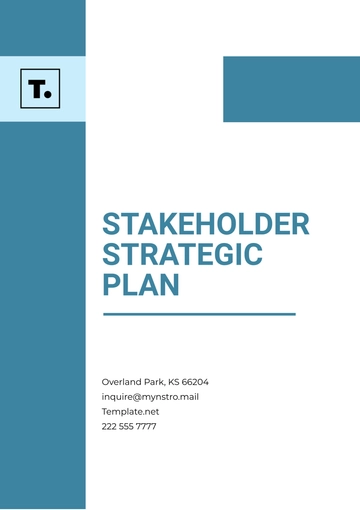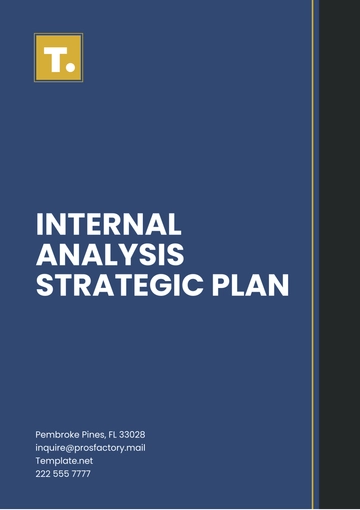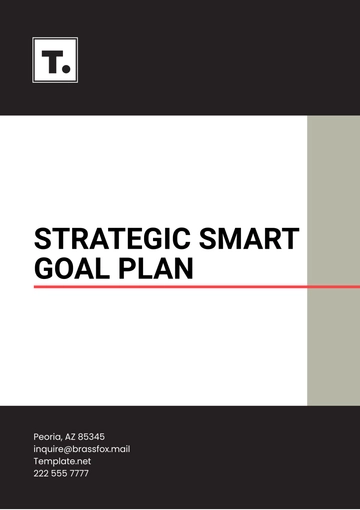Free Retail Marketing Strategic Plan

Prepared by: [YOUR NAME]
Date: [DATE]
I. Executive Summary
This Retail Marketing Strategic Plan aims to delineate key strategies that will enable our business to increase market share, enhance customer engagement, and ultimately drive sales. It outlines actionable steps to implement an effective retail marketing strategy that encompasses both online and offline channels, leveraging the latest market trends and consumer behavior insights.
II. Market Analysis
A. Industry Overview
The retail industry is undergoing significant transformation with the integration of technology and shifts in consumer expectations. There is a significant increase in digital retail channels, presenting both opportunities and challenges for traditional retail outlets.
B. Target Market Identification
Our target market consists primarily of tech-savvy millennials, environmentally-conscious consumers, and price-sensitive families. Each segment requires tailored marketing approaches to effectively address their unique needs and preferences.
Tech-savvy Millennials: Focused on digital engagement and convenience shopping.
Environmentally Conscious Consumers: Interested in sustainable and eco-friendly products.
Price-sensitive Families: Value-focused, seeking discounts and loyalty programs.
III. Marketing Objectives
The primary objectives of this marketing strategy are to increase store foot traffic by 15%, grow online sales by 25%, and enhance brand recognition within the next 12 months.
Objective | Metric | Target |
|---|---|---|
Increase Store Foot Traffic | Monthly Visits | 15% Increase |
Grow Online Sales | Quarterly Revenue | 25% Increase |
Enhance Brand Recognition | Brand Awareness Survey | Improved Metrics |
IV. Marketing Strategies
A. Digital Marketing
Leveraging digital marketing will be pivotal in reaching our target audience effectively. This will include:
Search Engine Optimization (SEO): Optimizing our website for search to improve visibility and drive organic traffic.
Social Media Marketing: Engaging with customers on platforms such as Instagram, Facebook, and TikTok to build community and brand loyalty.
Email Marketing: Personalized email campaigns for promotions and new product launches.
B. In-Store Promotions
Physical store promotions will aim to attract local consumers and increase physical store visits. Strategies include:
Exclusive In-Store Discounts: Offering limited-time discounts only available in-store to encourage foot traffic.
Events and Workshops: Hosting events to provide unique experiences and keep customers engaged.
C. Loyalty Programs
Developing a strong loyalty program will help retain existing customers and foster repeat purchases through:
Point-Based Rewards: Customers earn points for every purchase, redeemable for discounts or free products.
VIP Member Benefits: Providing exclusive deals and early access to sales for program members.
V. Budget and Resource Allocation
A comprehensive budget plan has been established to outline spending across various marketing channels, ensuring effective resource management.
Activity | Budget Allocation | Percentage |
|---|---|---|
Digital Marketing | $300,000 | 40% |
In-Store Promotions | $200,000 | 26% |
Loyalty Programs | $150,000 | 20% |
Miscellaneous | $100,000 | 14% |
VI. Performance Measurement
Tracking performance through key performance indicators (KPIs) will be critical for evaluating the effectiveness of our strategies. Monthly and quarterly analysis will ensure that we remain aligned with our objectives.
Store Foot Traffic: Utilize traffic counters to monitor increases in physical visits.
Sales Metrics: Analyze sales data to track online and in-store performance against targets.
Customer Engagement: Review social media engagements, email open rates, and loyalty program participation.
VII. Conclusion
In conclusion, this Retail Marketing Strategic Plan provides a comprehensive roadmap to elevate our brand presence, increase sales, and foster long-term customer loyalty. By leveraging a balanced mix of digital and in-store marketing strategies, we aim to capitalize on emerging market trends and effectively engage our target audiences. With clearly defined objectives, strategic budget allocation, and robust performance measurement systems in place, we are well-positioned to achieve sustained growth. The success of this plan will depend on our commitment to adaptability, customer focus, and continuous optimization of our marketing efforts.
- 100% Customizable, free editor
- Access 1 Million+ Templates, photo’s & graphics
- Download or share as a template
- Click and replace photos, graphics, text, backgrounds
- Resize, crop, AI write & more
- Access advanced editor





























